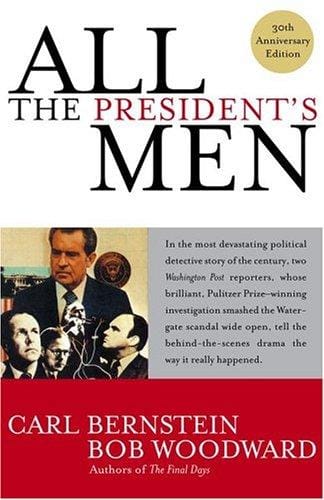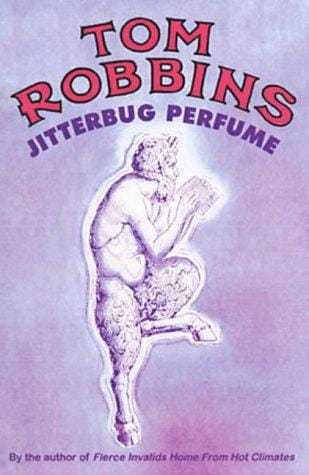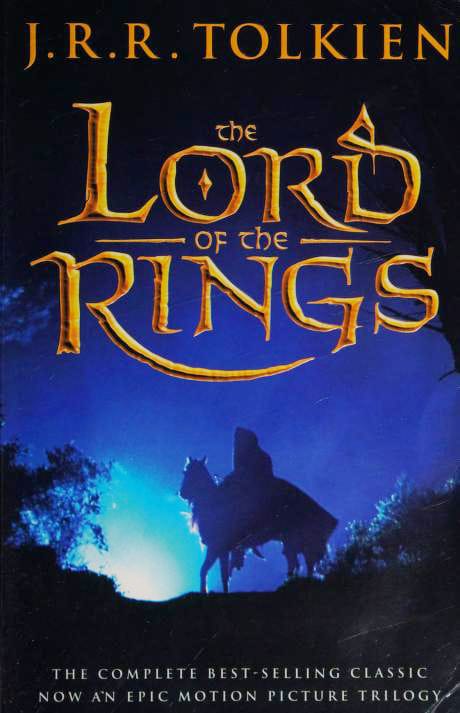Revisiting “All the President’s Men”: Film, Book, and Legacy
Explore why “All the President’s Men” remains a landmark in journalism, film, and democratic accountability nearly 50 years after Watergate.

Introduction: Why “All the President’s Men” Still Matters
Nearly five decades after its 1974 publication and the 1976 film adaptation, “All the President’s Men” remains a cultural touchstone. Its depiction of relentless investigative journalism that unraveled the Watergate scandal has influenced politics, media ethics, and popular culture. In an age of social feeds and 24-hour news cycles, revisiting this story reminds readers and viewers of the painstaking legwork and courageous editorial decisions required to hold power accountable.
The Real-Life Origins of the Watergate Investigation
Written by Washington Post reporters Bob Woodward and Carl Bernstein, the book documents how a seemingly minor break-in at the Democratic National Committee headquarters ballooned into a constitutional crisis. What began on June 17, 1972, with five burglars carrying duct tape and flashbulbs eventually led to President Richard Nixon’s resignation. The reporters’ methodical approach—verifying leads, cross-checking sources, and following the money—created a template for investigative journalism worldwide.
The Role of The Washington Post
Executive editor Ben Bradlee’s commitment to printing uncomfortable truths gave Woodward and Bernstein editorial cover when powerful figures tried to suffocate the story. Publisher Katharine Graham also risked legal and financial peril by backing the newsroom. Their combined resolve illustrates the structural support journalists need to challenge government misconduct.
The 1976 Film: Turning Journalism into a Thriller
Directed by Alan J. Pakula and starring Robert Redford and Dustin Hoffman, the film adaptation condensed months of dogged investigation into a taut political thriller. Gordon Willis’s cinematography, marked by shadowy parking garages and cavernous newsrooms, underscored the paranoia of the era. Screenwriter William Goldman focused on the chase rather than the outcome, concluding the film before the scandal’s final revelations to emphasize process over payoff.
Accuracy Versus Dramatic License
While the movie remains largely faithful to the book, certain composite characters and compressed timelines heighten tension. Nevertheless, real sources like the enigmatic “Deep Throat” (later revealed as FBI Associate Director Mark Felt) and actual Post headlines keep the adaptation grounded. The balance of authenticity and storytelling earned the film four Academy Awards and cemented its reputation as one of the greatest journalism movies ever made.
Key Themes that Resonate Today
Accountability: Both the book and the film highlight that democratic institutions rely on transparency. When traditional checks and balances falter, a free press becomes the last line of defense.
Persistence: Woodward and Bernstein faced dead ends, threats, and professional skepticism, yet their perseverance underscores that truth often emerges one small detail at a time.
Source Protection: The use of confidential informants, epitomized by “Deep Throat,” illustrates the ethical responsibility journalists have to shield whistleblowers from retaliation.
Impact on Journalism and Popular Culture
“All the President’s Men” triggered a surge in university journalism enrollments and inspired countless reporters to pursue investigative beats. Newsrooms adopted more rigorous fact-checking standards and separation between editorial and business departments to avoid conflicts of interest. In popular culture, the film’s dimly lit parking garage meeting became an enduring meme for clandestine information sharing.
Technological Shifts
Despite advances in data scraping and open-source intelligence, the story underscores that on-the-ground reporting—knocking on doors, cultivating trust—remains irreplaceable. Contemporary journalists armed with encrypted messaging apps still grapple with the same ethical dilemmas Woodward and Bernstein faced, proving the tale’s timeless relevance.
Lessons for Modern Audiences
For media consumers, “All the President’s Men” offers a primer on critical thinking: question narratives, examine sources, and recognize that complex truths rarely fit into a single headline. For journalists, it serves as a roadmap for meticulous documentation, source corroboration, and editorial courage. For policymakers, it is a cautionary tale about the perils of unchecked authority.
Conclusion: A Legacy of Vigilance
“All the President’s Men” endures because it captures a pivotal moment when journalism altered the course of American history. In doing so, it reminds every generation that democracy’s health depends on vigilant citizens and a press willing to follow the trail, no matter how faint. Whether encountered through the pages of Woodward and Bernstein’s bestseller or Pakula’s gripping film, the story continues to inspire the pursuit of truth.



